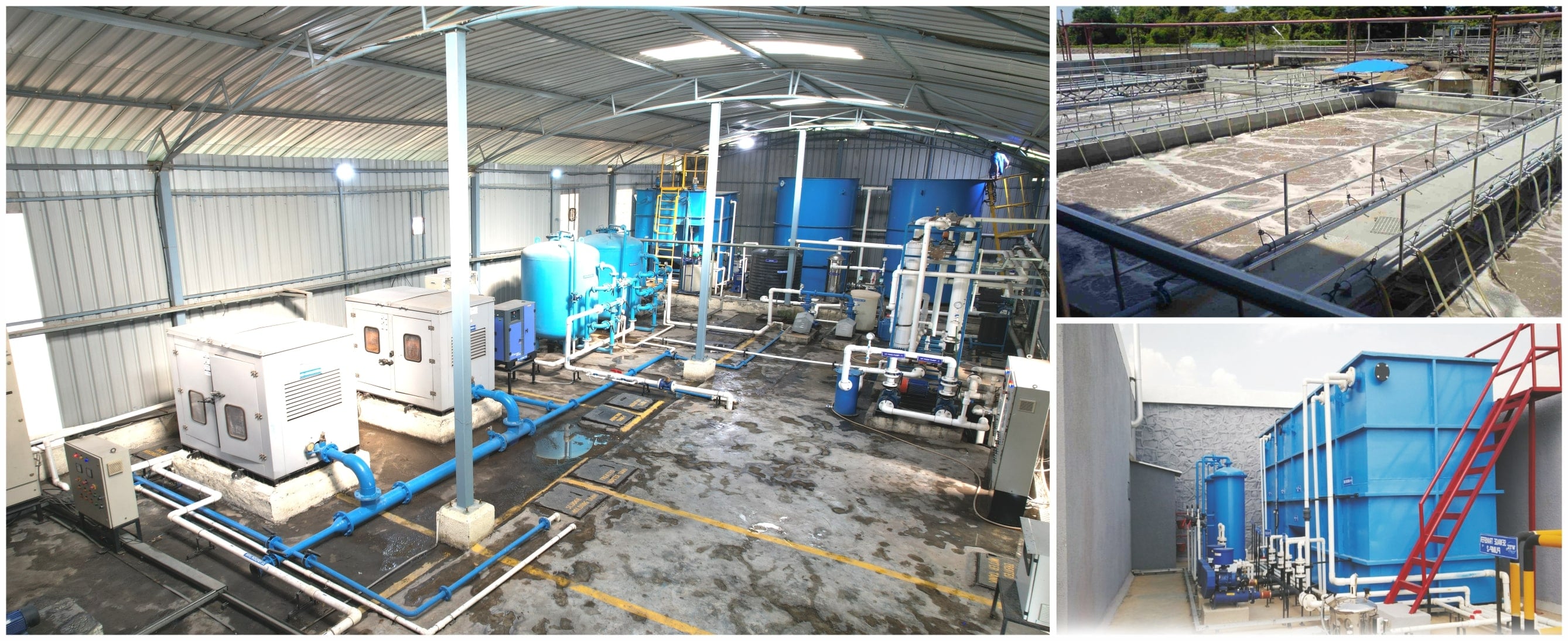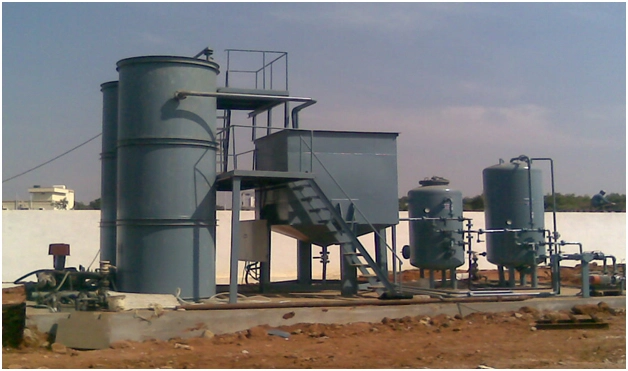Types Of STP
- Prefabricated STP
- Containarized STP
- Civil STP
Frequently Asked Question
The main purpose of a sewage treatment plant is to remove pollutants, such as chemicals, nutrients, and pathogens, from wastewater before it is released into the environment. This helps to prevent the contamination of rivers, lakes, and other water bodies, and also prevent the spread of diseases.
STPs typically use a combination of physical, chemical, and biological processes to remove impurities from the water. These processes can include screening, sedimentation, filtration, and the use of microorganisms to break down organic matter. The exact processes used will depend on the type of contaminants present and the desired end product.
There are many different technologies used in sewage treatment plants, including moving bed bio reactor (MBBR), Membrane Bio Reactor (MBR), Sequential Bio Reactor (SBR), Activated Sludge Process (ASP) & Submerged Aerobic Fixed Film Reactor (SAFF). The specific type of plant used will depend on the local regulations, the characteristics of the sewage, and the desired end product.
The by-products of sewage treatment are a combination of water, sludge and biogas. The water is purified after the treatment process and can be reused for irrigation or industrial process. Sludge is the solid waste produced during the treatment and can be used as a fertilizer. The Biogas can be captured during anaerobic digestion and can be used as a fuel.
The advantages of sewage treatment include the reduction of pollution in rivers and lakes, the conservation of water resources, the recovery of resources such as nutrients and energy, and the reduction of odors.
Yes, regular maintenance is necessary to ensure the proper functioning of a sewage treatment plant. This can include regular cleaning and inspections, as well as the replacement of parts and equipment as needed.
The cost of building and operating a sewage treatment plant will depend on many factors, including the size of the plant, the type of treatment process used, and the location of the plant. It can range from a few thousand dollars for a small, residential plant to several million dollars for a large, industrial plant.

11.webp?v=1639548670)
33.webp?v=1639548670)
44.webp)
55.webp)

11.webp)